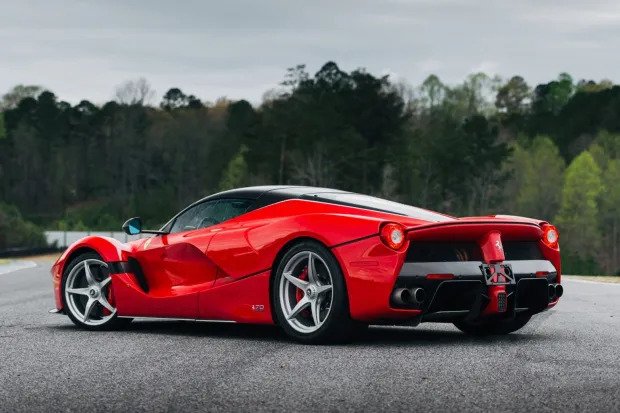
Introduction:
The evolution of sports car design is a chronicle of aerodynamics, speed, and the pursuit of performance. From the curvaceous bodies of the 1950s to the sleek, tech-laden supercars of today, each era’s standout sports cars are a testament to the spirit of their times.
The 1950s: The Mercedes-Benz 300SL Gullwing
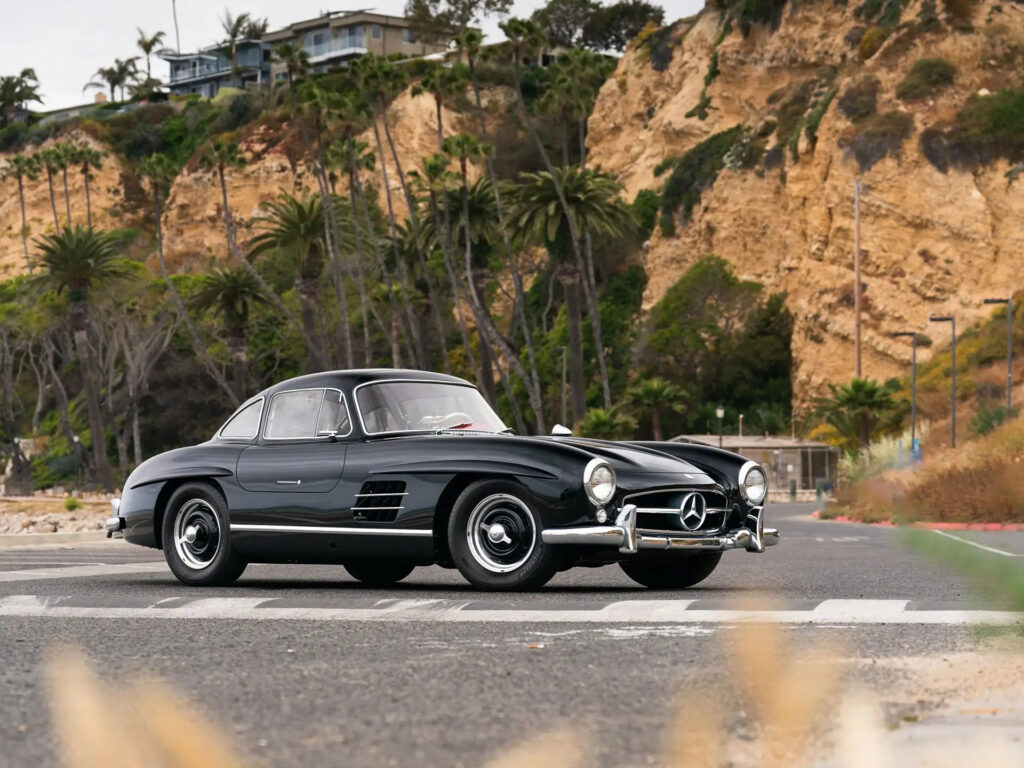
1956 Mercedes-Benz 300 SL Gullwing Karissa Hosek ©2023 Courtesy of RM Sotheby’s
Launching into the 1950s, the Mercedes-Benz 300SL Gullwing was more than just a car; it was a symbol of post-war innovation and engineering excellence. With its distinctive gull-wing doors and flowing lines, it set the standard for sports cars in the decade. The Mercedes-Benz 300SL Gullwing was a marvel of its time, becoming the fastest production car of its day with a top speed of approximately 160 mph. It featured direct fuel injection—a technology derived from World War II aircraft—boosting its 3.0-liter engine to 215 horsepower. The Gullwing’s tubular frame was lightweight yet rigid, allowing for a sleek silhouette without compromising on performance. If you’re local to Upstate you may even see a few of these cruising around the country side.
The 1960s: The Jaguar E-Type
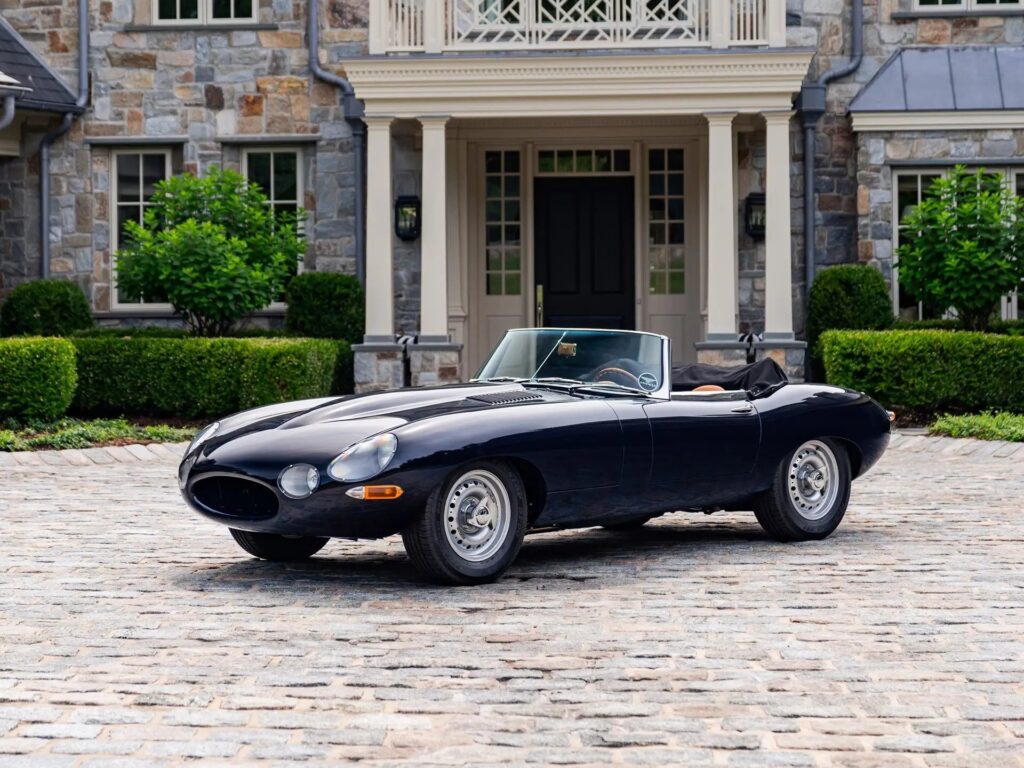
1962 Jaguar E-Type Series 1 3.8-Litre Roadster Motorcar Studios ©2023 Courtesy of RM Sotheby’s
The 1960s roared with the sound of the Jaguar E-Type, a vehicle that Enzo Ferrari called “the most beautiful car ever made.” Its combination of beauty, high performance, and competitive pricing established it as an icon of 60s sports car design. The Jaguar E-Type’s 3.8-liter inline-six engine produced 265 horsepower, enabling it to reach 60 mph in less than 7 seconds—a formidable feat in its time. Its monocoque construction, disc brakes all around, and independent coil spring rear suspension were state-of-the-art, contributing to its status as a sports car paragon. It’s timeless and sleek, I see a few of these every year and they still turn heads everywhere they go!
The 1970s: The Lamborghini Countach
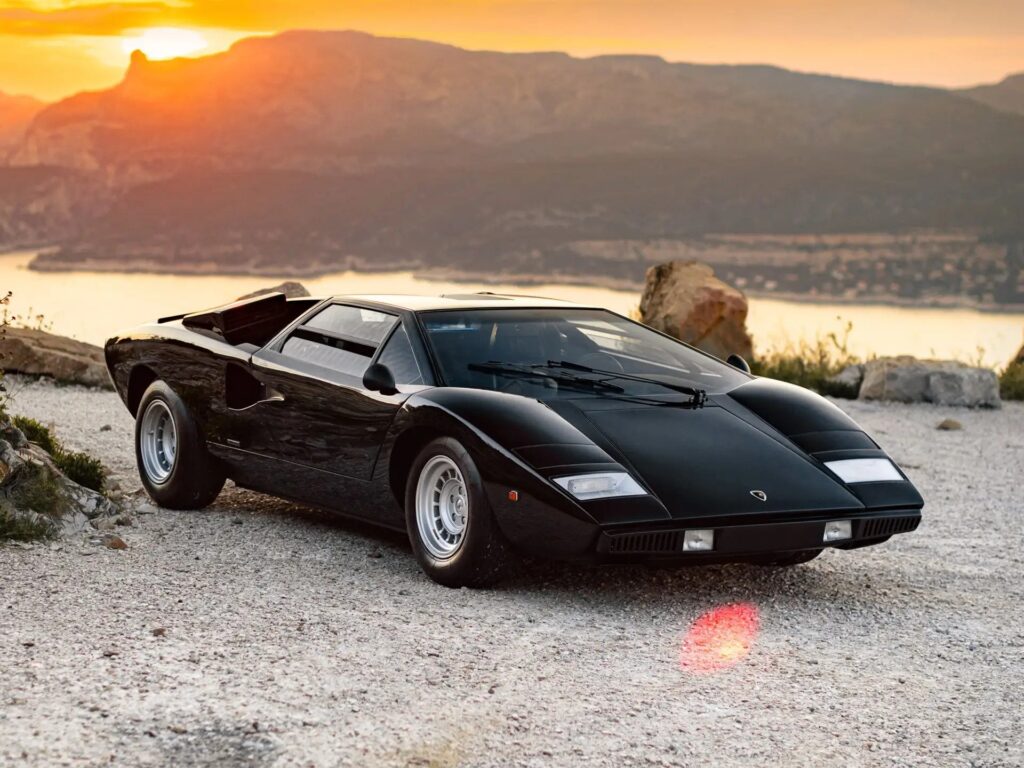
1975 Lamborghini Countach LP400 ‘Periscopio’ by Bertone ©2021 Courtesy of RM Sotheby’s
The Lamborghini Countach shattered the mold with its angular, wedge-shaped body in the 1970s. It was a radical departure from the curvy sports cars of the past, pushing the boundaries of design and aerodynamics. With its mid-mounted V12 engine, the Lamborghini Countach was not only an aesthetic trendsetter but also a mechanical powerhouse. Its scissor doors became a signature feature of Lamborghini and inspired sports cars that followed. The Countach LP400’s 4-liter engine delivered 375 horsepower, allowing it to eclipse the 180 mph mark. This was the poster car for most 80s and 90s kids!
The 1980s: The Ferrari Testarossa
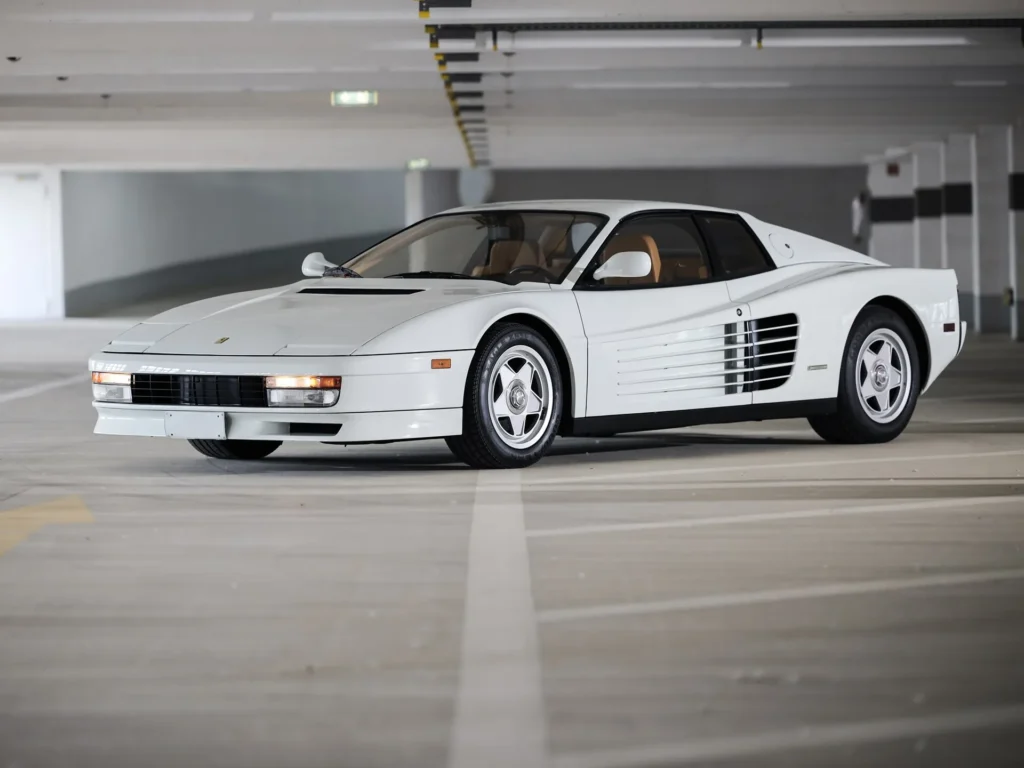
1987 Ferrari Testarossa ‘Monodado’ Marcus Krueger ©2020 Courtesy of RM Sotheby’s
The 1980s brought us the Ferrari Testarossa, a machine that became synonymous with the decade’s excess and flair. Its side strakes and wide rear were design elements that epitomized the flashy sports car ethos of the era. The Ferrari Testarossa featured a 4.9-liter flat-12 engine that was a departure from the V8s commonly used in the preceding models. This engine produced 390 horsepower and helped the car achieve a top speed of 180 mph. The Testarossa’s wide body and side strakes were functional, channeling air to the side-mounted radiators and making it one of the most recognizable cars of the decade. These cars can be had for a fair price today (considering whats left on the list)
The 1990s: The McLaren F1
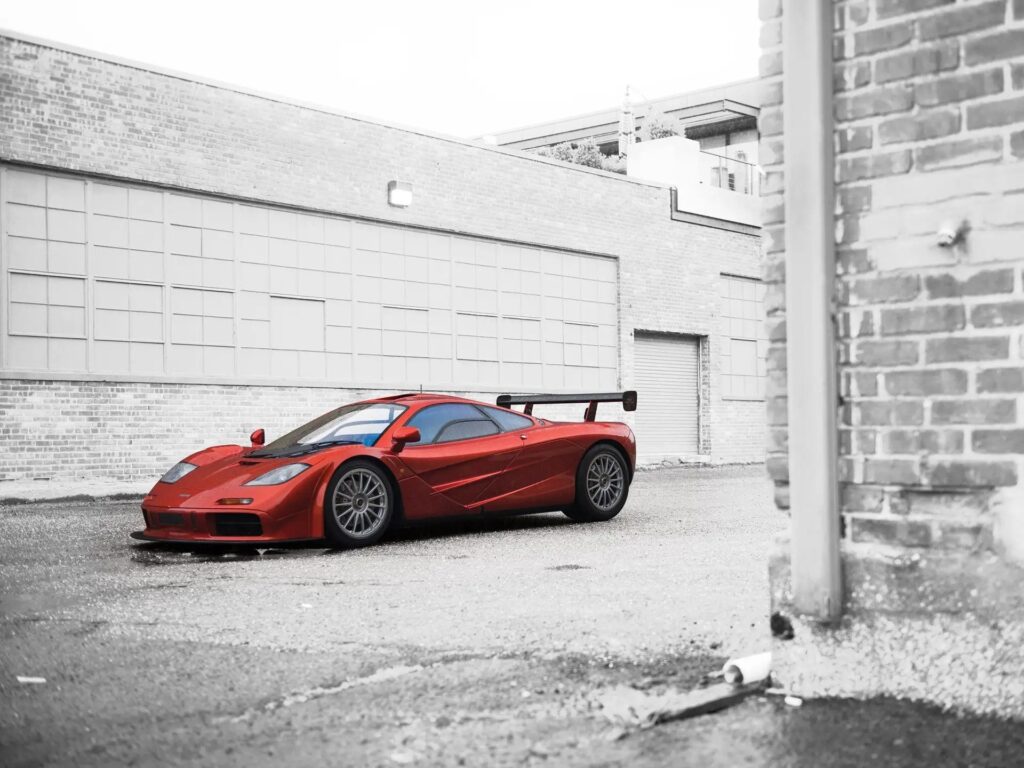
1998 McLaren F1 ‘LM-Specification’ Patrick Ernzen ©2015 Courtesy of RM Sotheby’s
In the 1990s, the McLaren F1 redefined what a sports car could be with its central driving position and record-breaking speed. It was a marvel of technology and design, setting a high bar for all that followed. The McLaren F1, with its 6.1-liter V12 engine designed by BMW, produced an astounding 627 horsepower, launching the car to speeds over 240 mph, making it the fastest production car of its time. The F1 featured a carbon fiber body, a rarity at the time, and its central driving position was inspired by Formula 1 cars, offering unparalleled balance and visibility. And I mean just take a second to look at this thing. Could be one of the best things ever produced.
The 2000s: The Porsche Carrera GT
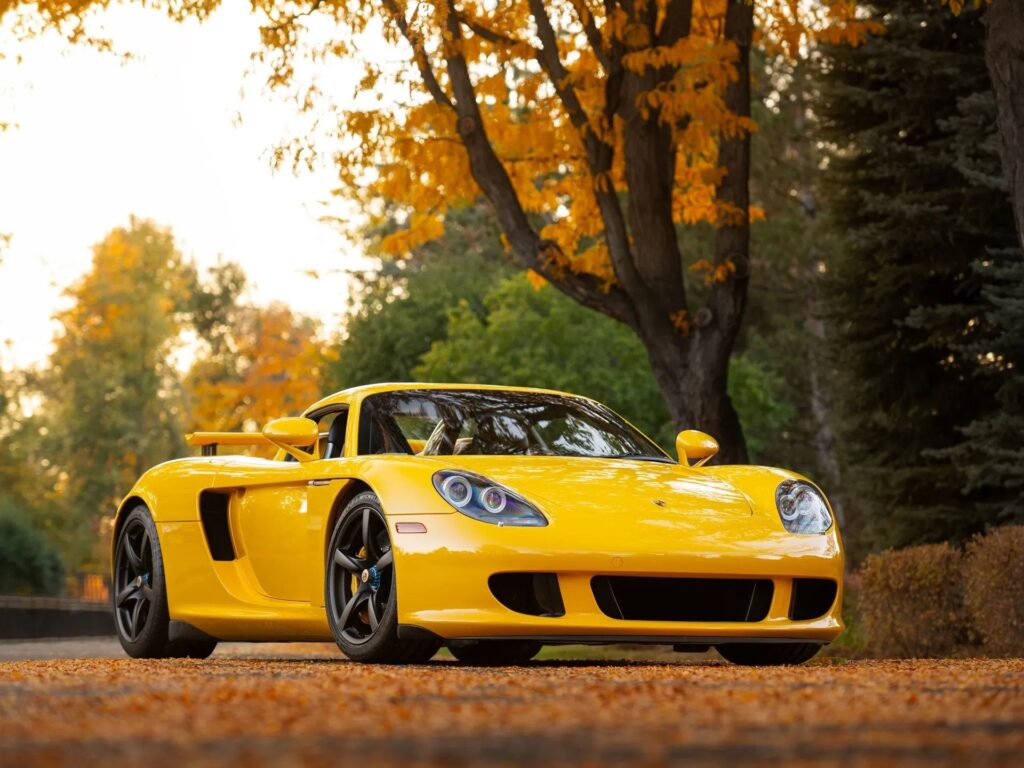
2005 Porsche Carrera GT Nathan Leach-Proffer ©2023 Courtesy of RM Sotheby’s
The Porsche Carrera GT, with its classic lines and modern touches, became the benchmark for 21st-century sports cars. It blended track-level performance with road-going sophistication, bridging two worlds with its design. The Porsche Carrera GT boasted a 5.7-liter V10 engine that generated 605 horsepower. It was initially developed for racing but found its way into the road car. The Carrera GT featured a carbon-fiber monocoque and subframe, with a manual transmission that appealed to purists, and a removable roof that enhanced the driving experience. I personally have never even seen one in person – but I plan to hunt one down this year for a photoshoot.
The 2010s: The Ferrari LaFerrari

Sold by vance911 on Bring A Trailer
The Ferrari LaFerrari brought us into the hybrid era, showcasing how electric motors could enhance, rather than detract from, the sports car experience. Its fluid design and innovative powertrain set a new direction for sports cars in the 2010s. The Ferrari LaFerrari was the brand’s first foray into hybrid technology, combining a 6.3-liter V12 engine with an electric motor to produce a combined 950 horsepower (seems unnecessary). This hybrid powertrain enabled the LaFerrari to accelerate from 0 to 60 mph in under 3 seconds. The car also featured active aerodynamics that adjusted to provide downforce or reduce drag as needed.
Today: The Rimac Nevera
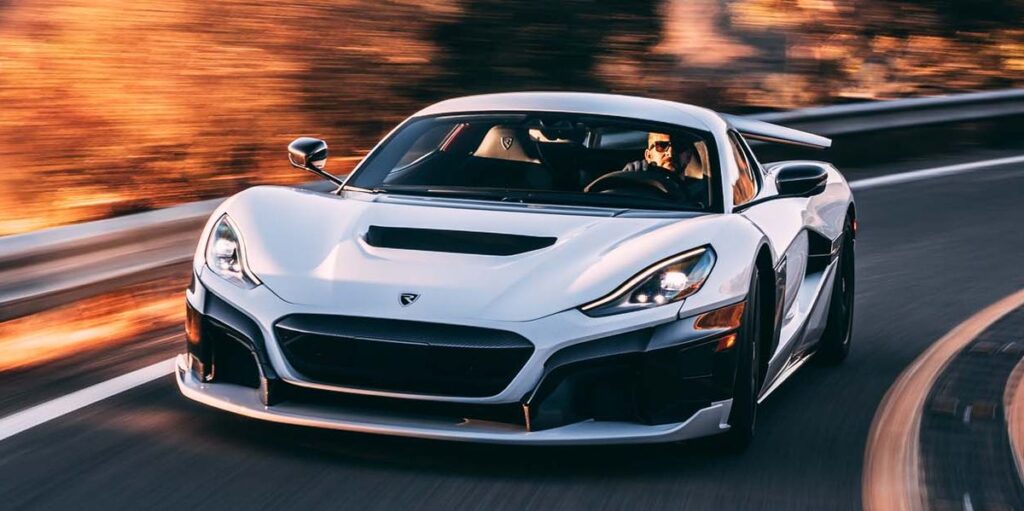
Car and Driver article by Austin Irwin
Today, we stand at the cusp of a new era with the Rimac Nevera, a beacon of the future in sports car design. It’s an all-electric powerhouse that rethinks the very essence of what a sports car can be, combining breathtaking aesthetics with unmatched electric performance. The Rimac Nevera represents the pinnacle of electric sports car design, with four electric motors generating a total of 1,914 horsepower. It can sprint from 0 to 60 mph in a mind-bending 1.85 seconds, which is a bit terrifying to think about. The Nevera utilizes a carbon fiber monocoque for strength and lightness, and its battery pack is structurally integrated into the chassis.
Conclusion:
The evolution of sports car design mirrors the pulse of progress, with each decade’s signature model showcasing breakthroughs in speed, aesthetics, and technology. From the pioneering elegance of the Mercedes-Benz 300SL Gullwing to the electrifying innovation of the Rimac Nevera, these vehicles are not just milestones but beacons that guide us toward the future of automotive excellence. As we look ahead, the promise of sports cars remains undiminished, driven by a fusion of performance, passion, and a growing commitment to sustainability that is sure to inspire the next generation of enthusiasts.
